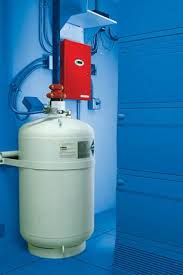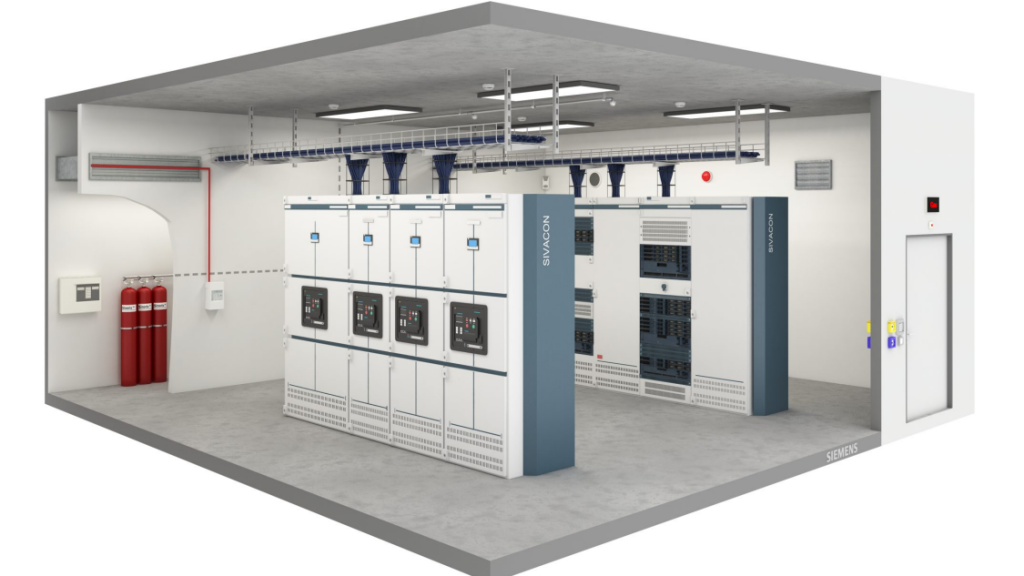Special Hazard Systems
Special hazards are everywhere and are very wide ranging. A special hazard can be a building, an area, a room or a piece of equipment. Some examples of places where you would find special hazards include: data centers, telecommunications, power generation, manufacturing and testing facilities, machinery spaces, healthcare facilities and more. These areas are exceptionally challenging from a fire protection standpoint. The fire alarm and sprinkler systems we see every day may not be appropriate as the only line of defense. That’s where special hazard fire protection offers unique solutions.
Some of the fire suppression agents commonly used in special hazard fire protection systems include:
- FM-200 — A non-toxic gas that works to remove the heat element of a fire. FM-200 uses heat adsorption to suppress fires without leaving a residue.
- Ansul INERGEN — Another popular clean agent, Ansul INERGEN combines nitrogen, argon, and carbon dioxide to lower the oxygen content in a room. This disrupts the combustion process, while still leaving enough oxygen in the room for a person to breathe. As a result, INERGEN is one of the best special hazard fire suppression agents for applications where people are present.
- CO2 — Carbon dioxide is another chemically inert gas that is particularly useful for safe fire suppression. Because it’s non-conductive, it’s also great for electronic applications. CO2 comes in both high and low pressure tanks to suit a variety of special hazards, but is best employed in unoccupied facilities.
- Water Mist Systems — Water mist systems are also commonly used in special hazard fire protection, as they provide the same, safe-for-people fire suppression qualities while mitigating the level of water damage done to assets and objects within a building.”
Sinorix NXN N2 – A new pre-engineered suppression system that uses pure Nitrogen as an extinguishant. Sinorix NXN N2 suppression has proven to be able to stop the cascading effect of thermal runaway of lithium-ion batteries in extensive lab testing.
Inspection Cycles
Special Hazard systems require an annual inspection. Depending on your type of system, there may be additional requirements. For example, both CO2 and clean agent suppression systems require a 6-month inspection of containers to confirm proper weight and pressure.
Common Deficiencies
A deficiency is identified during regular inspections when the devices and components do not meet acceptable standards. Here are a few commonly found deficiencies for fire suppression systems:
- Semi-annual inspection not completed
- Tank weight is incorrect and not inspected
- Cylinders have lost pressure or are leaking
- Liquid level indicators show leakage
Related Services
- Semi-Annual & Annual Inspection
- New System Design & Installation
- Troubleshooting
- System Repair


